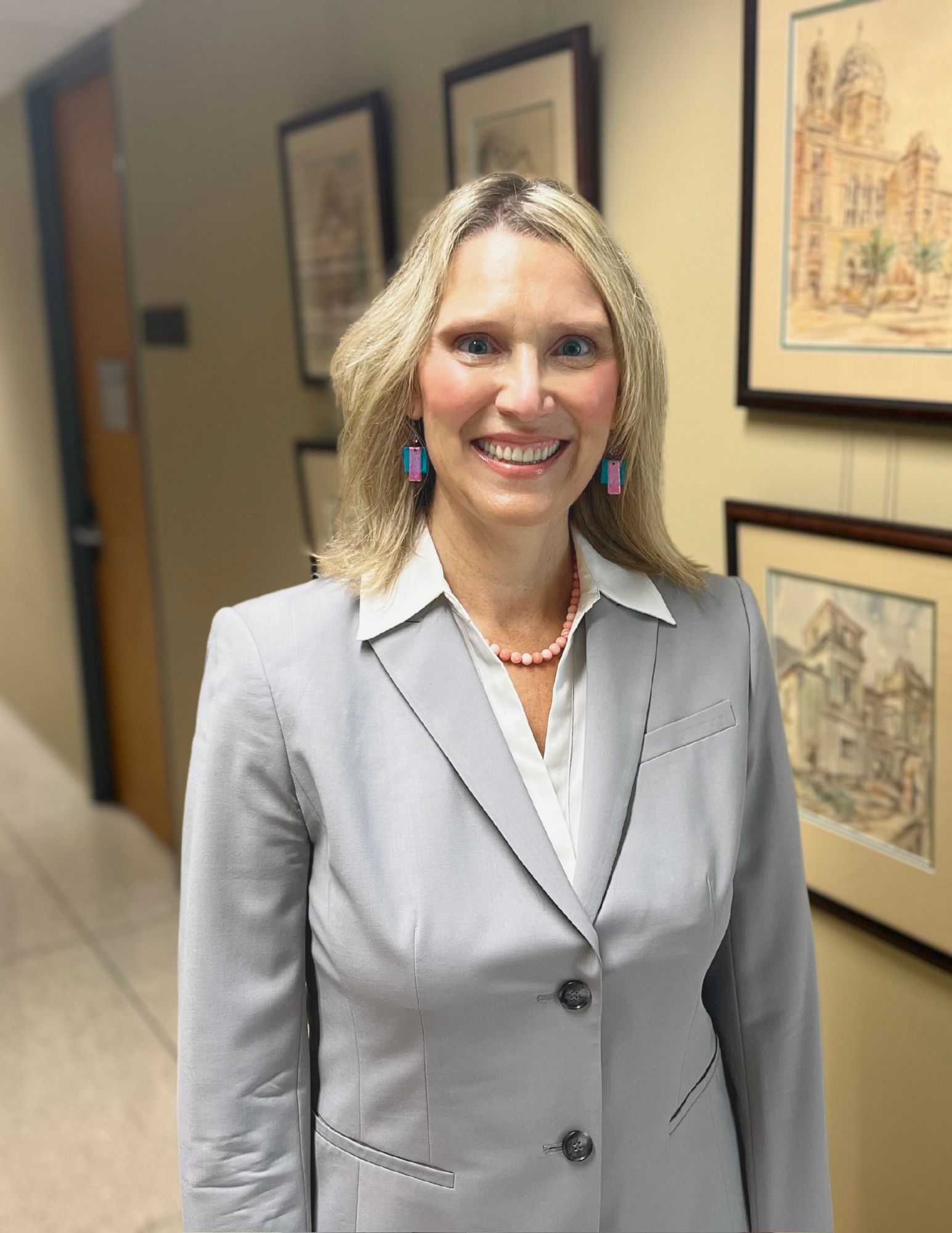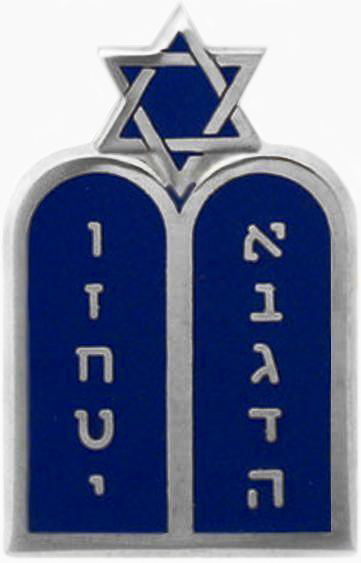|
Congregation Temple Israel (St. Louis, Missouri)
Congregation Temple Israel is a Reform Jewish synagogue located at 1 Rabbi Alvan D. Rubin Drive, in Creve Coeur, St. Louis County, Missouri, in the United States. Constructing three different synagogue buildings during its history, the second synagogue, built in 1907, is a contributing property to the National Register of Historic Places-listing for the Holy Corners Historic District in the center of St. Louis. History Temple Israel's founders differed in opinion from the leadership of Shaare Emeth, favoring the more liberal political and theological view point that was sweeping parts of Europe and the United States at the time. One of these founders was Rabbi Solomon H. Sonneschein, who became Temple Israel's first rabbi. During the first year of operation (1886), Temple Israel had between 60 and 70 members and 604 persons attended the first Erev Rosh Hashanah services. The first Temple Israel building, a stone temple located off 28th and Pine Street, was completed in ... [...More Info...] [...Related Items...] OR: [Wikipedia] [Google] [Baidu] |
Reform Judaism
Reform Judaism, also known as Liberal Judaism or Progressive Judaism, is a major Jewish denomination that emphasizes the evolving nature of Judaism, the superiority of its ethical aspects to its ceremonial ones, and belief in a continuous search for truth and knowledge, which is closely intertwined with human reason and not limited to the theophany at Mount Sinai. A highly liberal strand of Judaism, it is characterized by lessened stress on ritual and personal observance, regarding '' halakha'' (Jewish law) as non-binding and the individual Jew as autonomous, and great openness to external influences and progressive values. The origins of Reform Judaism lie in 19th-century Germany, where Rabbi Abraham Geiger and his associates formulated its early principles. Since the 1970s, the movement has adopted a policy of inclusiveness and acceptance, inviting as many as possible to partake in its communities rather than adhering to strict theoretical clarity. It is strongly identifi ... [...More Info...] [...Related Items...] OR: [Wikipedia] [Google] [Baidu] |
Richardsonian Romanesque Architecture
Richardsonian Romanesque is a style of Romanesque Revival architecture named after the American architect Henry Hobson Richardson (1838–1886). The revival style incorporates 11th and 12th century southern French, Spanish, and Italian Romanesque characteristics. Richardson first used elements of the style in his Richardson Olmsted Complex in Buffalo, New York, designed in 1870. Multiple architects followed in this style in the late 19th century; Richardsonian Romanesque later influenced modern styles of architecture as well. History and development This very free revival style incorporates 11th and 12th century southern French, Spanish and Italian Romanesque characteristics. It emphasizes clear, strong picturesque massing, round-headed "Romanesque" arches, often springing from clusters of short squat columns, recessed entrances, richly varied rustication, blank stretches of walling contrasting with bands of windows, and cylindrical towers with conical caps embedded in the w ... [...More Info...] [...Related Items...] OR: [Wikipedia] [Google] [Baidu] |
Rabbi
A rabbi () is a spiritual leader or religious teacher in Judaism. One becomes a rabbi by being ordained by another rabbi – known as ''semikha'' – following a course of study of Jewish history and texts such as the Talmud. The basic form of the rabbi developed in the Pharisees, Pharisaic (167 BCE–73 CE) and Talmudic (70–640 CE) eras, when learned teachers assembled to codify Judaism's written and oral laws. The title "rabbi" was first used in the first century CE. In more recent centuries, the duties of a rabbi became increasingly influenced by the duties of the Clergy, Protestant Christian minister, hence the title "pulpit rabbis", and in 19th-century Germany and the United States rabbinic activities including sermons, pastoral counseling, and representing the community to the outside, all increased in importance. Within the various Jewish denominations, there are different requirements for rabbinic ordination, and differences in opinion regarding who is recognized as ... [...More Info...] [...Related Items...] OR: [Wikipedia] [Google] [Baidu] |
Rabbis Amy Feder & Michael Alper
A rabbi () is a spiritual leader or religious teacher in Judaism. One becomes a rabbi by being ordained by another rabbi – known as '' semikha'' – following a course of study of Jewish history and texts such as the Talmud. The basic form of the rabbi developed in the Pharisaic (167 BCE–73 CE) and Talmudic (70–640 CE) eras, when learned teachers assembled to codify Judaism's written and oral laws. The title "rabbi" was first used in the first century CE. In more recent centuries, the duties of a rabbi became increasingly influenced by the duties of the Protestant Christian minister, hence the title " pulpit rabbis", and in 19th-century Germany and the United States rabbinic activities including sermons, pastoral counseling, and representing the community to the outside, all increased in importance. Within the various Jewish denominations, there are different requirements for rabbinic ordination, and differences in opinion regarding who is recognized as a rabbi. For ex ... [...More Info...] [...Related Items...] OR: [Wikipedia] [Google] [Baidu] |
LGBT ' is an initialism that stands for lesbian, gay, bisexual, and transgender. In use since the 1990s, the initialism, as well as some of its common variants, functions as an umbrella term for sexuality and gender identity. The LGBT term is an adaptation of the initialism ', which began to replace the term ''gay'' (or ''gay and lesbian'') in reference to the broader LGBT community beginning in the mid-to-late 1980s. When not inclusive of transgender people, the shorter term LGB is still used instead of LGBT. It may refer to anyone who is non-heterosexual or non-cisgender, instead of exclusively to people who are lesbian, gay, bisexual, or transgender. To recognize this inclusion, a popular variant, ', adds the letter ''Q'' for those who identify as queer or are questioning their sexual or gender identity. The initialisms ''LGBT'' or ''GLBT'' are not agreed to by everyone that they are supposed to include. History of the term The first widely used term, '' homosexu ... [...More Info...] [...Related Items...] OR: [Wikipedia] [Google] |



